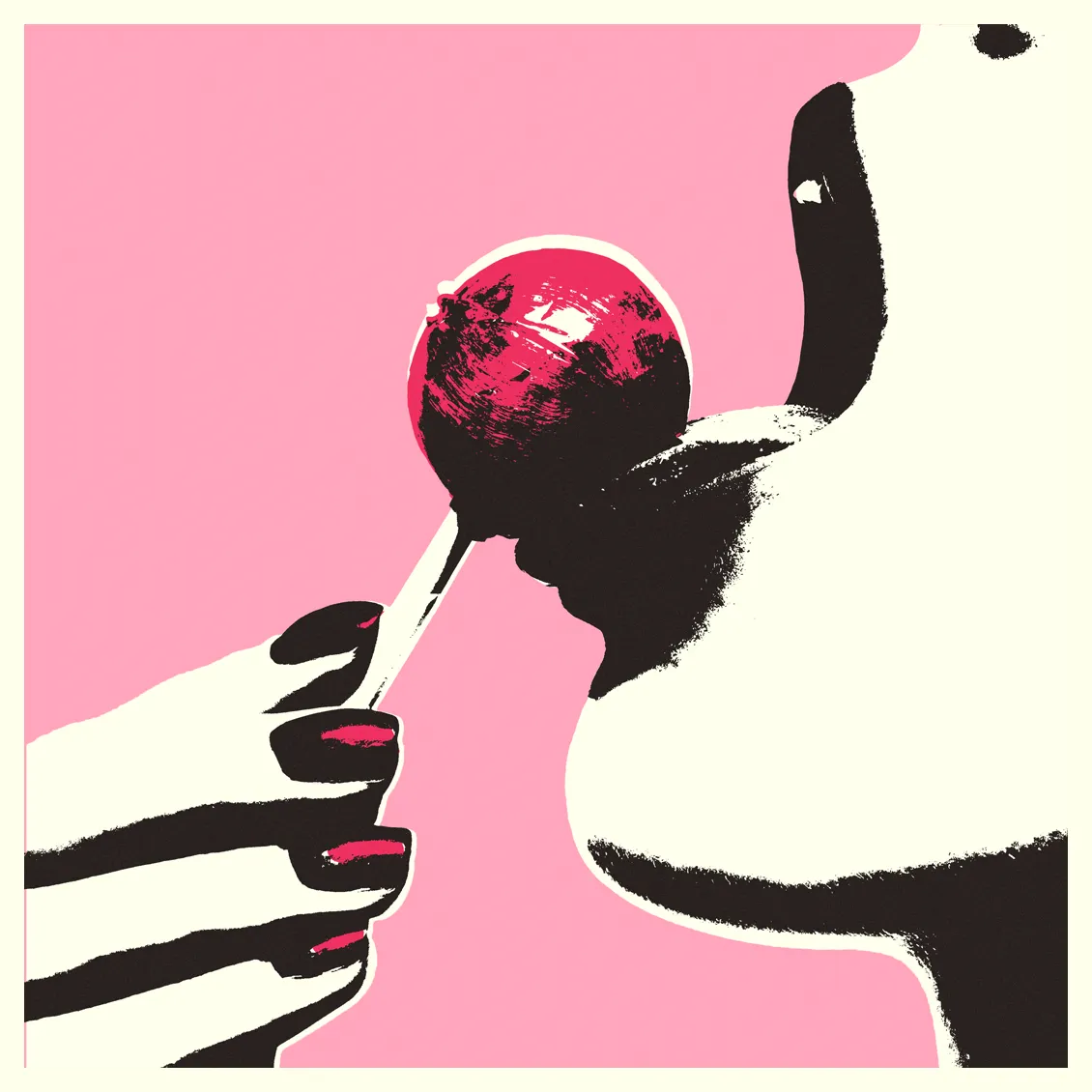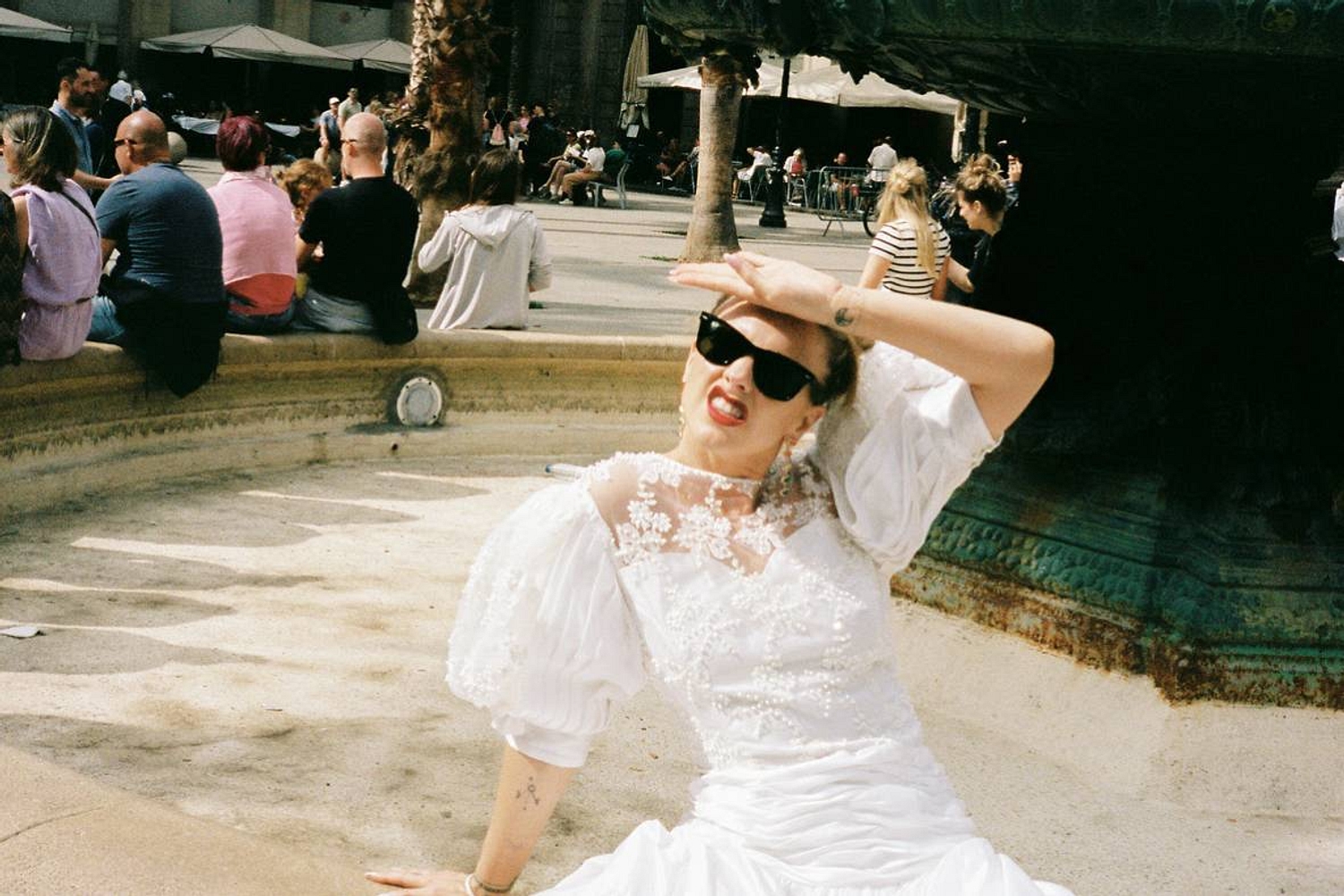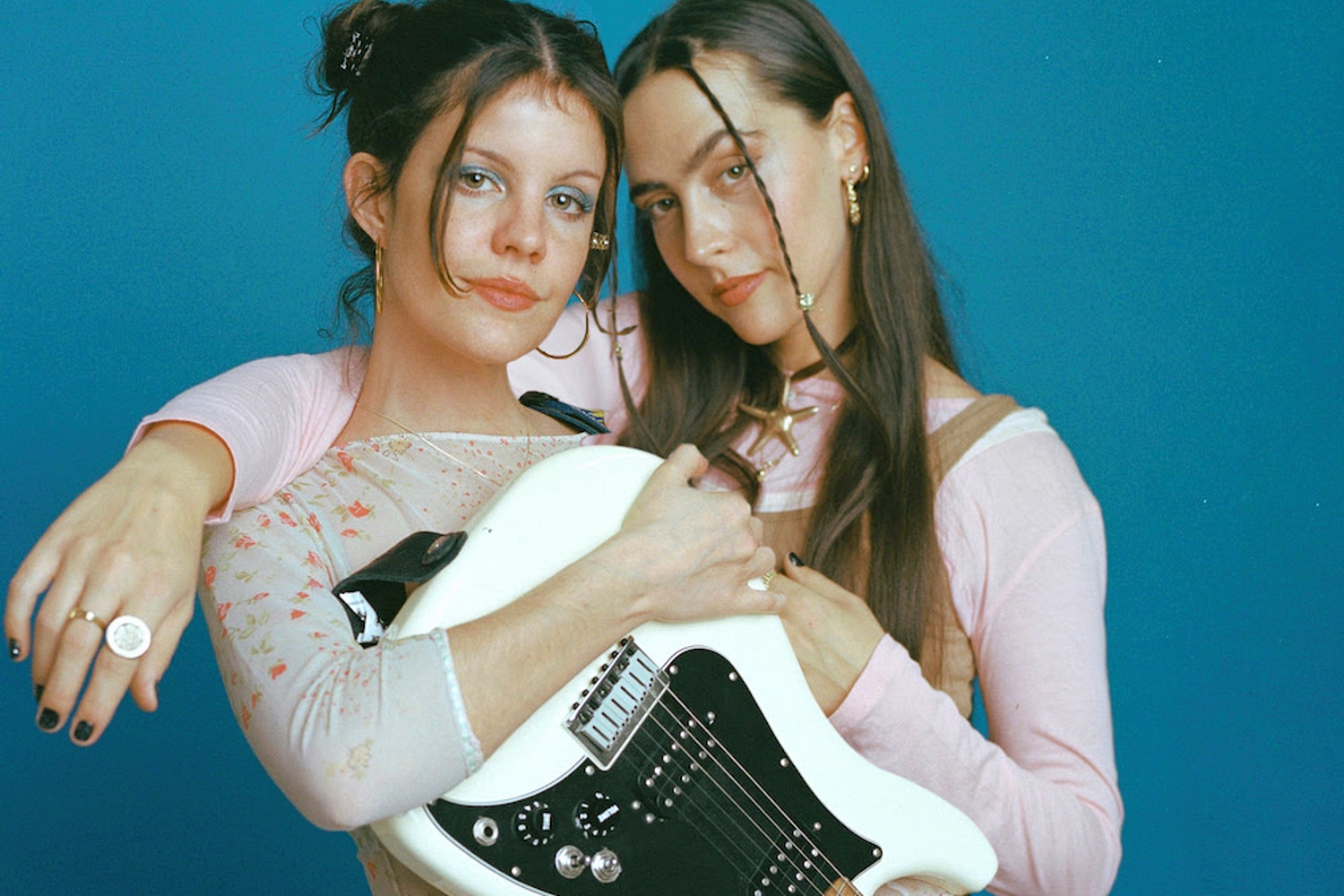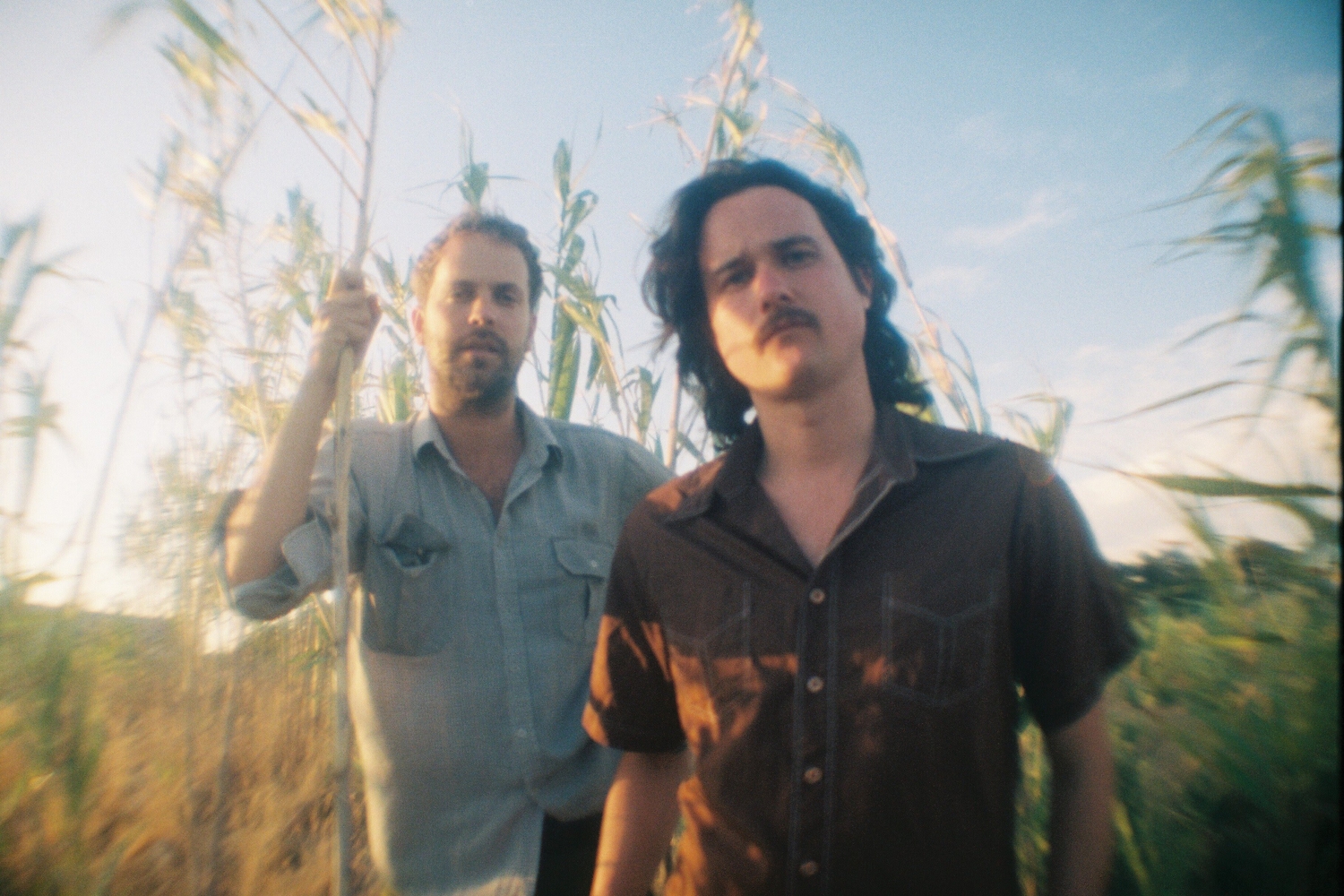News
Kids In Glass Houses - In Gold Blood
4 StarsAn immersive, story-driven record that never becomes too heavy-handed, despite its dark origins.
Pop-punk concept albums aren’t really all that new. Green Day’s last two records have been conceptual, more rock opera than anything else (though ‘American Idiot’ is far superior); ditto The Wonder Years, who set the bar for 2011 pop-punk with ‘Suburbia: I’ve Given You All and Now I’m Nothing’ earlier this year. Ventures into such territory display the kind of ambition one doesn’t usually associate with the genre. You’d hardly have believed Kids In Glass Houses would be able to pull off a similar project, but they have, and what’s more they have done so in considerable style.
It’d be unfair to say that ‘In Gold Blood’ leaves their first two albums (‘Smart Casual’ and ‘Dirt’) completely in the shade, but it can’t be denied that the new record is a massive step up. Like any good concept album, it needs to be listened to as one whole piece to get the full effect, but there are no needless risks taken and nothing too overblown, so it’s much easier to digest in one sitting than one might expect.
The concept itself is simple: the band have created a world that is an exaggeration of modern society, one taken to the absolute extreme, with no inhibitions or pretence. Its true nature has been revealed as civilisation has been stripped away, and it is in this world that the two main characters, a young man and woman, both unnamed (though the latter could well be the titular character of ‘Annie May’), find themselves.
The album charts the lives of these two people as they try, and ultimately fail, to escape this depraved environment, one that is ravaged by war. ‘Gold Blood’ opens the album, and it’s a kind of postscript for the whole record - in their own words, the band ‘start at the end where it makes more sense’, before guiding us through the events that led to it. The entire album circles in on itself: ‘Animals’ acts as its anchor, the moment where anarchy becomes the norm - ‘blood in the water and no-one in hell, ‘cause every devil is here with us now’ - and its main riff is reprised in the surprisingly heavy climax of the closer, ‘A God to Many Devils’. Segues, references and flashbacks are all over the album; in other words, serious thought went into its creation.
It is an immersive, story-driven record that never becomes too heavy-handed, despite its dark origins. It was influenced by a wide variety of things: natural disasters (‘Only The Brave Die Free’), religious fundamentalism and the Westboro Baptist Church (‘Not In This World’), the feeling that ‘world events could easily have been scripted by Hollywood producers in recent months’. These are ‘songs about Doomsday’, but even if hope is more difficult to find than before, the record is not devoid of it. It may have been created from despair, but there are plenty of uplifting moments on what is the Welsh band’s best work to date. They’re quite far away from where they started - and perhaps their old sound has been murdered in gold blood - but the risks they have taken are set to pay off.
Read More

2000trees Festival adds Bob Vylan, Don Broco, Frank Turner and more to 2024 lineup
They join the likes of Manchester Orchestra and The Gaslight Anthem at Upcote Farm this summer.
7th March 2024, 11:30am
Kids In Glass Houses, Gnarwolves & Mallory Knox For Slam Dunk 2014
We The Kings, Save Your Breath and Modern Baseball are also set to appear at this year's events.
26th March 2014, 10:03am
Kids In Glass Houses Announce Final Tour
The Welsh quintet will be calling it a day after heading out on an extensive run around the UK this October.
26th February 2014, 9:12am
Kids In Glass Houses, Electric Ballroom, London
Far from 'Peace'-ful, the Welsh quintet get energetic in north London.
7th October 2013, 1:06pm
Featuring SOFT PLAY, Corinne Bailey Rae, 86TVs, English Teacher and more!






